Welcome to our latest installment of Show Us Your Space, a Reverb series that celebrates the unique music-making environments of studio owners, builders, and musicians at all levels. Recently, we've visited a husband-and-wife pedal-building operation in Chicago, an all-tube equipment repair shop in Vouvray, France, and the legendary Electric Lady Studios in New York.
Today, we're dipping down the Atlantic Seaboard to check out Dragon Ship Studio. Follow along below as studio owner Curtis Plummer shares photos and some of the story behind his incredible, professional-grade home studio. If you're inspired to record or just want to learn more about the studio, visit Dragon Ship's website here.
Have you assembled a great practice space, project studio, or music workshop? Be sure to drop us a line at [email protected].
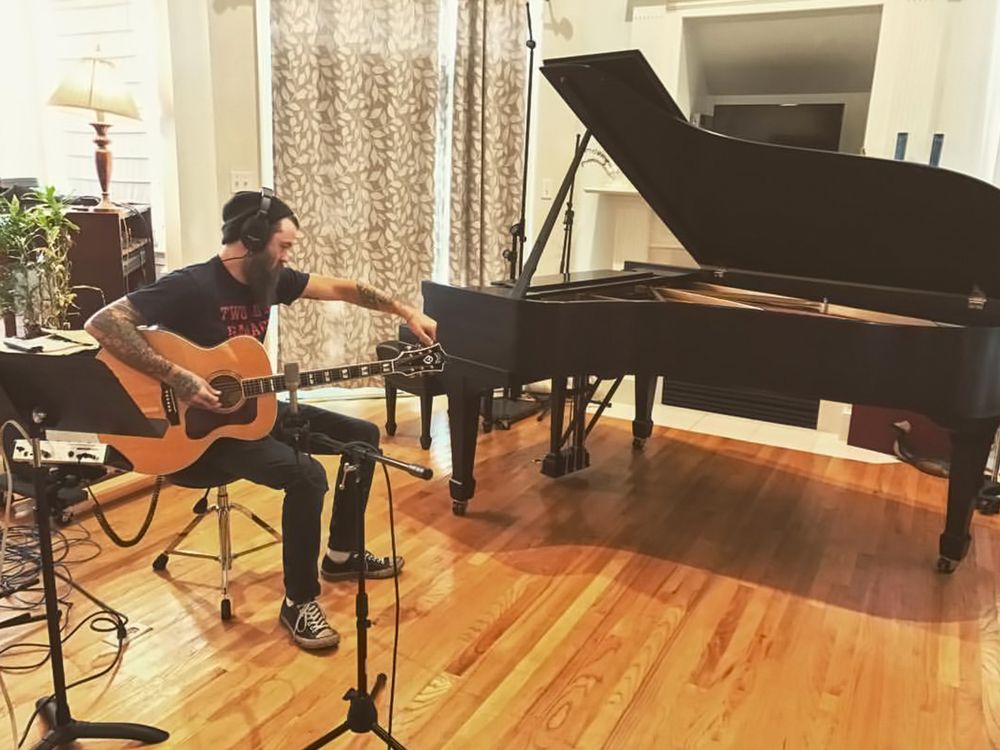
I am a guitarist who grew up in the 1990s in coastal Virginia. My personal interest at that time was weird European power metal, and of course I was surrounded on all sides by the peak ‘90s hardcore punk/metal scene. At the same time, I always had a love for NYC-style hip-hop and southern rap. The third major influence on me and, subsequently, the space I created in my home would definitely be the virtuosic bluegrass that occasionally trickles over the mountains down here to the coastal plain.
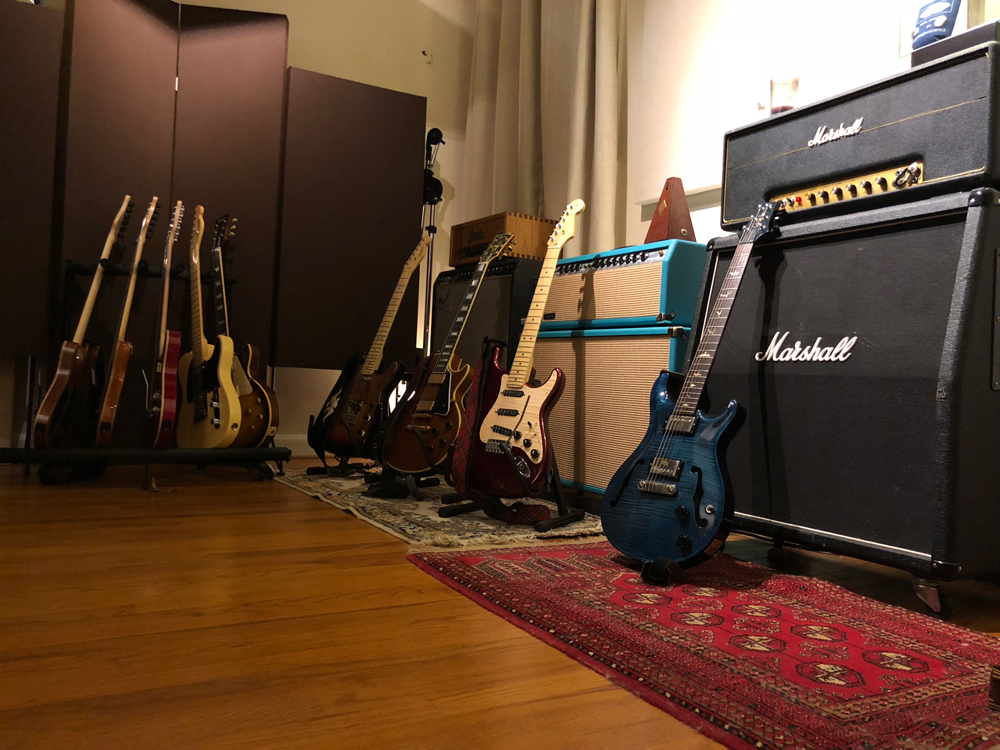
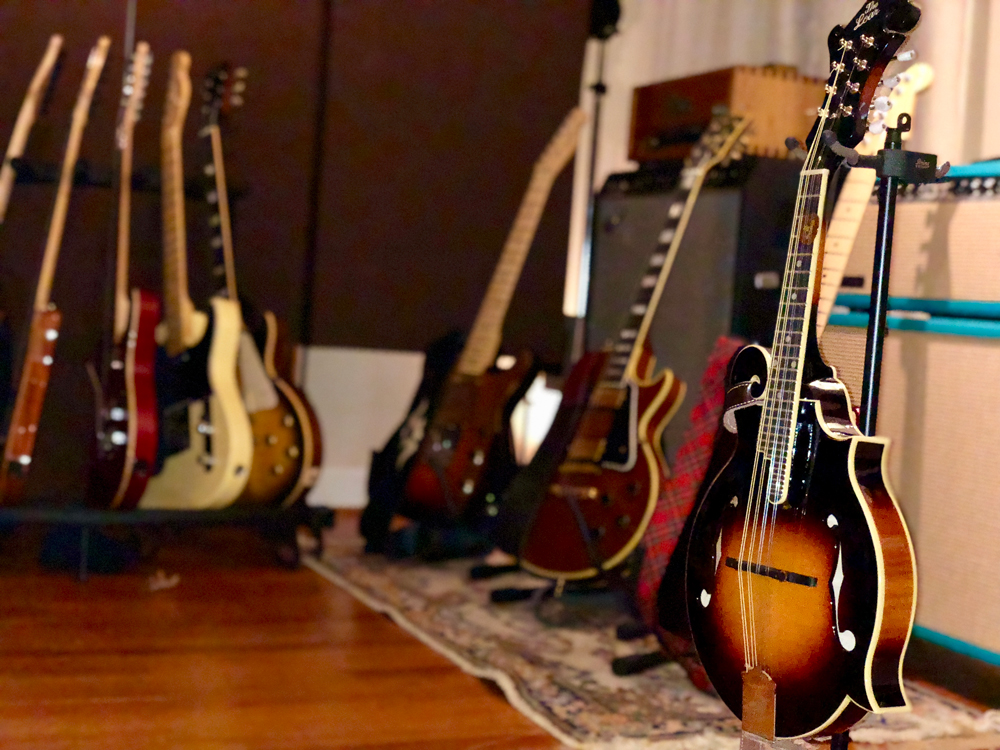
This house is sort of a miracle of cheesy, late-‘90s, upper-middle-class architecture. Many of the features that make for an awkward living space are absolutely crucial to this place sounding and functioning as well as it does as a recording studio.
The live room has a hexagonal 22-foot vaulted ceiling and no real parallel wall surfaces. This room also isn’t closed off from most of the rest of the house. This makes it somewhat less than ideal if isolation is the goal, but for most of the work I do it means that I have a huge amount of displaceable air—a big benefit for recording things like drums or my grand piano.
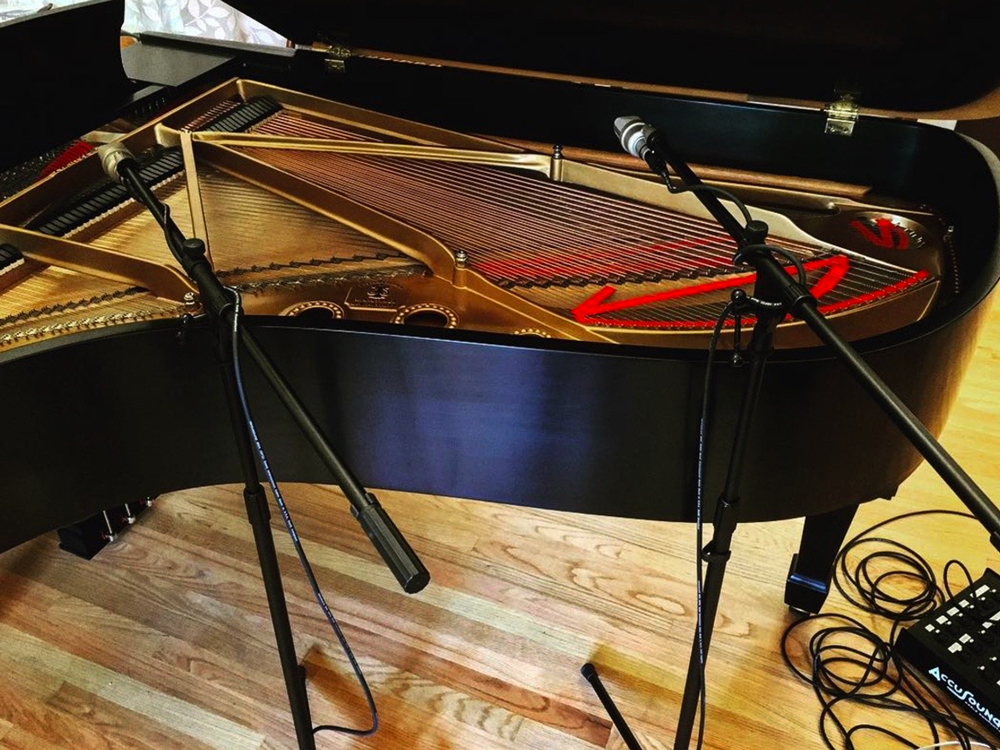
Speaking of the piano, it’s a 1965 Steinway & Sons B 7-foot grand that was completely overhauled by Lindeblad Pianos in 2016.
The next room is a smaller room between the live room and the control room that functions as a guitar and amp storage/isolation recording space. It’s treated to make it suitable for recording things where a smaller or more intimate sound is required, such as vocals or very soft instrumentals.
The control room is the second largest of the three main rooms and contains the nerve center of the studio. The mixing setup is comprised of two Rupert Neve Designs 5059 Satellite summing mixers that feed one of their 5060 Centerpiece units.
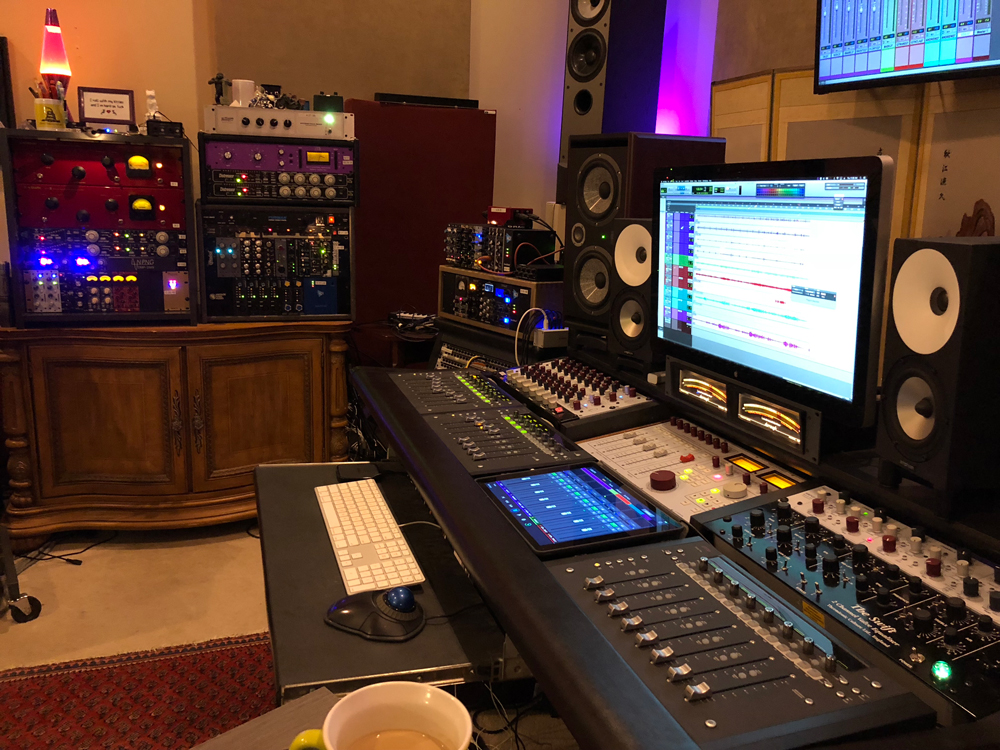
This is a truly hybrid setup. The heart of the rig is an AVID ProTools HD Native system with a 64-channel Apogee Symphony I/O MK1 being clocked by an Antelope Pure 2 monitoring D/A system. The other main recorders are a Mara-restored MCI JH110 1/4" tape machine and the 975lb (literally) gorilla in the room—a Studer A800 MKIII 24-track 2" deck.
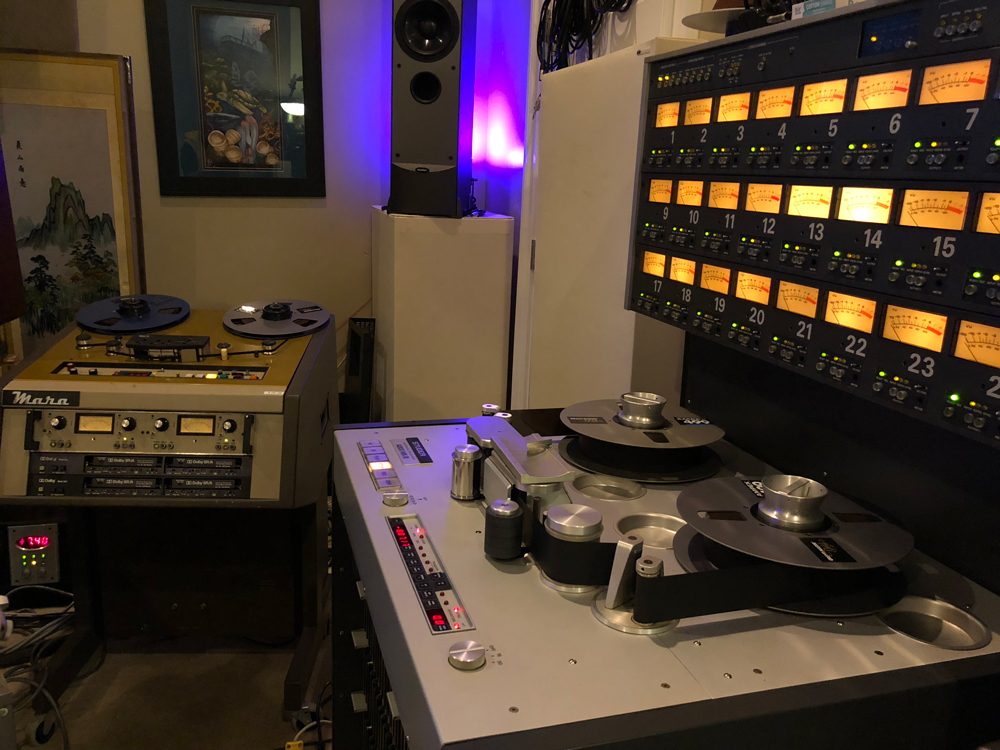
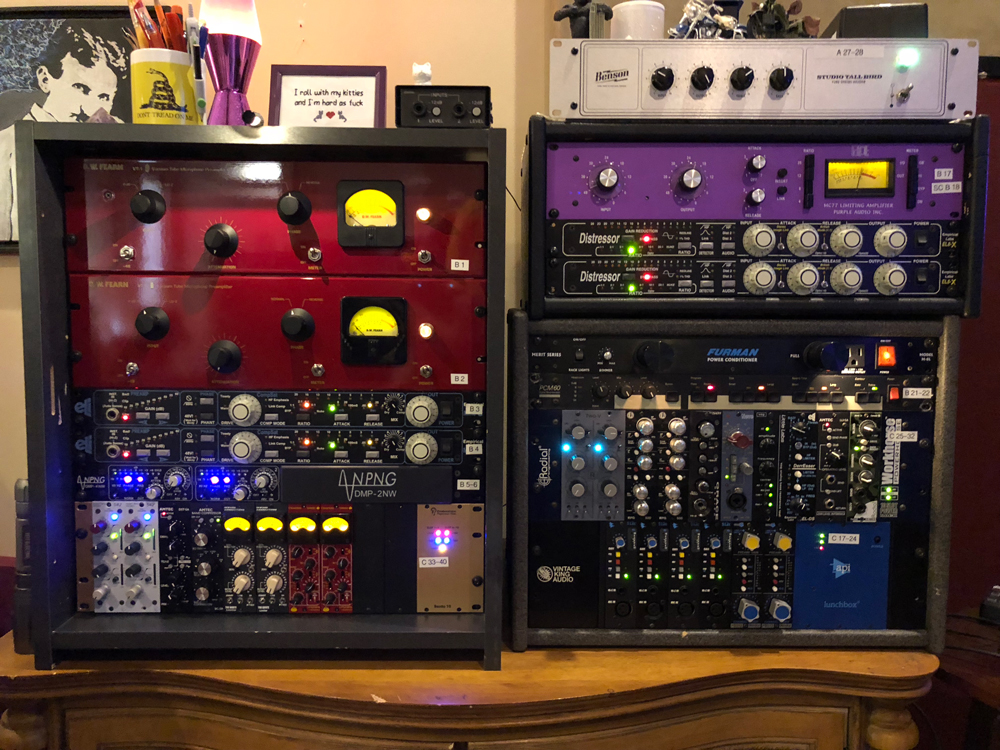
Check out Dragon Ship's website here for more information. And check out previous installments of our Show Us Your Space series below.
We'd love to see your studio, practice space, or gear lair too—whether it's a professional outfit or a weekend retreat. Contact us at [email protected].
